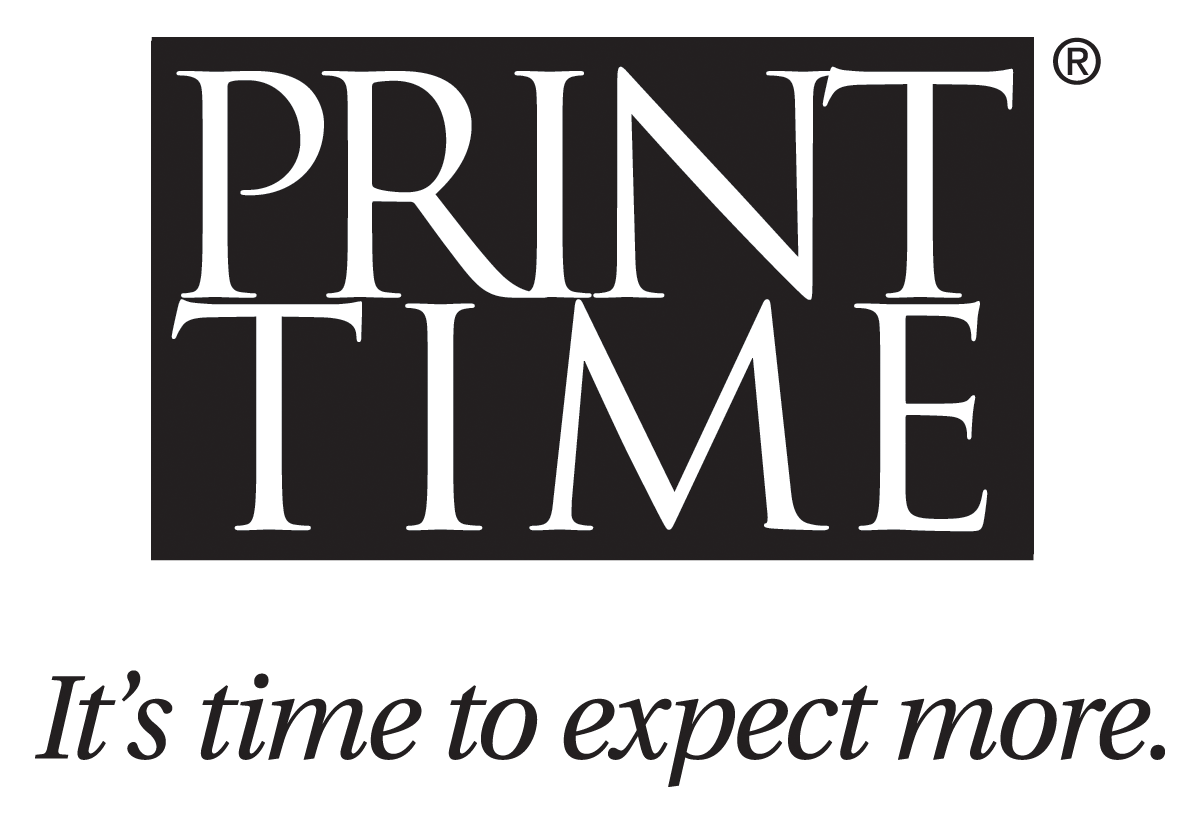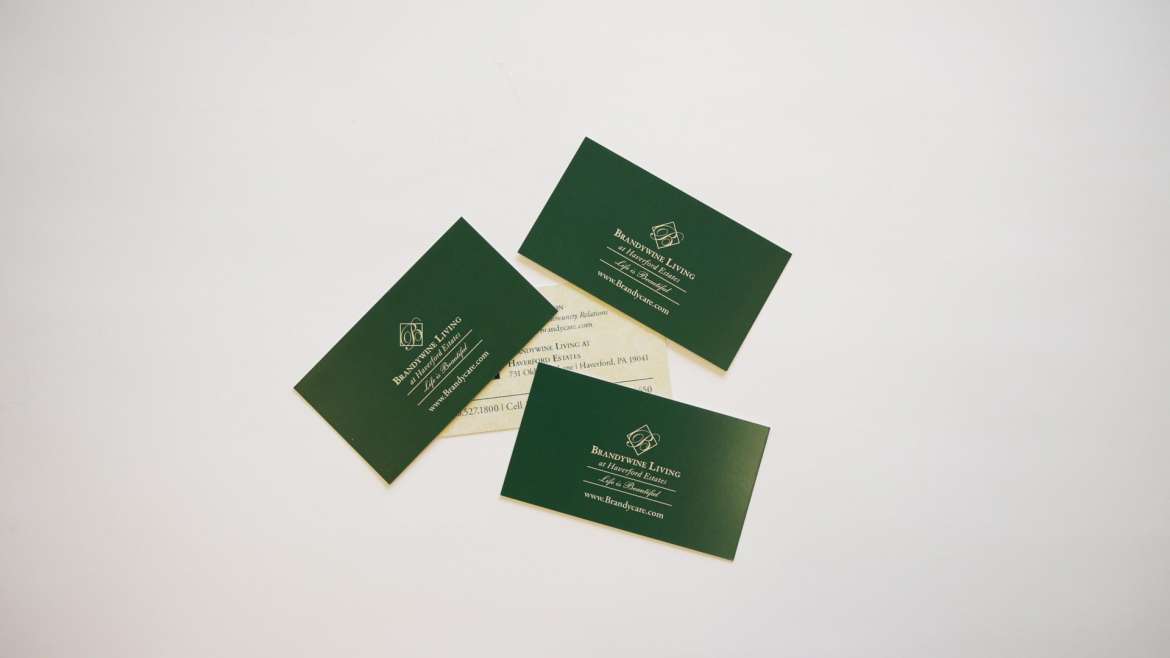“Are our cards being made to maximum effect?”
This is something every company that plans on printing business cards must ask first. It may seem a little shallow, but how a business card is designed from paper to print is very important. Just a name on a rectangle slip of paper is no longer enough; business cards are representative of the company’s branding and image. Before getting cards printed, keep these tips from the experts in mind:
- Consider the type of card you want
- Basic cards are your typical business cards with text that include the name and company contact details.
- Picture cards are full bleed cards that feature brilliant photo printing and is naturally more eye-catching.
- Tactile cards are ones that appeal to touch with embossing or different paper texture.
- Consider the weight, the finish, and the color
- Think about the thickness of the paper. Cards printed on lighter GSM are flimsier and tend to feel cheap. More substantial GSM cards are more weighted, sturdy, and give off the feel of classiness.
- The finish refers to whether you want the cards to be glossy, matte, or a combination of both.
- Finally, you need to determine if you want full-color printing. If you opt for photo cards, you’re best going with full color.
- Keep it simple, but functional
- The logo must feature prominently on the card since it represents the business.
- Don’t clutter it too much. Two fonts and simple contact details will do. Remember that it’s a card, not a brochure.
- Finally, before printing business cards, ensure that all the information on the cards are accurate
Finalize precisely how you want the card to look. It must be what works best with the company; it’s brand, and its budget. Then, it’s off to print. Just remember: there’s more to the card than just a name and paper. It’s about presenting your brand in the best light.
Head to PrintTime and discover more great tips on brand marketing through print.


Leave a reply